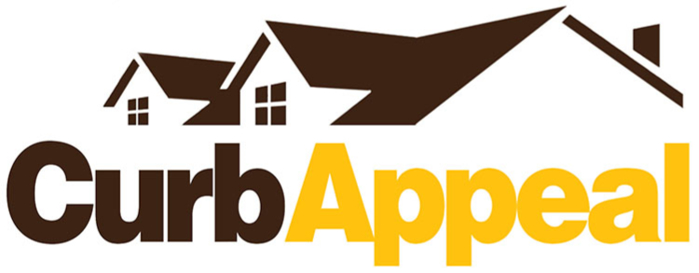Photo: © gemphoto - Shutterstock
 According to the National Association of Realtors (NAR), sales of existing homes climbed in February; what's more, month-over-month sales recorded the highest increase since December 2005. Of the four major housing regions in the country, three saw increases in sales, while the fourth remained unchanged from the previous month. According to Lawrence Yun, chief economist for the NAR, several factors led to the impressive rise in sales including "a powerful combination of lower mortgage rates, more inventory, rising income, and higher consumer confidence."
According to the National Association of Realtors (NAR), sales of existing homes climbed in February; what's more, month-over-month sales recorded the highest increase since December 2005. Of the four major housing regions in the country, three saw increases in sales, while the fourth remained unchanged from the previous month. According to Lawrence Yun, chief economist for the NAR, several factors led to the impressive rise in sales including "a powerful combination of lower mortgage rates, more inventory, rising income, and higher consumer confidence."
Inventory Is Rising
After a constrained housing supply hindered the market for years, inventory levels saw some improvement in February. Total housing inventory rose to 1.63 million, up from 1.59 million a month ago and 1.58 million a year ago. At this sales pace, the stock of houses could supply the market for 3.5 months. This is less than January's 3.9-month supply, but it's an improvement from the 3.4-month supply from a year ago. Of all the homes sold in February, 41 percent remained available for sale for less than a month. The average home remained on the market for just 44 days. For comparison, properties remained available for sale for 49 days in January and 37 days in February 2018.
Buyer Traffic Is Up
One way to measure the number of buyers looking for homes is to measure the opening rate of SentriLock key boxes. These boxes feature a key access to unlock a home, and their software can measure the number of times the boxes are opened. Data from the SentriLock boxes showed more activity in the first two months of 2019 when compared to the second half of 2018. In short, more buyers are viewing homes.
Homeowners Are Building Equity
Buyers who are looking to enter the housing market appear to be making a wise investment. The typical homeowner built roughly $8,700 in equity in their home over the past year; over the past 24 months, their equity climbed to $21,300. While the current boost to inventory will help more buyers purchase a home and start to build equity, more needs to be done in terms of improving new housing numbers. According to Yun, "More construction will help boost local economies, and more home sales will help lessen wealth inequality as more households can enjoy in housing-wealth gains."
Regional Breakdown
Northeast - Existing-home sales annual rate of 690,000; no change from January, but an increase of 1.5 percent from February 2018.
Midwest - Existing-home sales annual rate of 1.27 million; an increase of 9.5 percent from January, but no change from February 2018.
South - Existing-home sales annual rate of 2.39 million; an increase of 14.9 percent from January, but a decrease of 0.4 percent from February 2018.
West - Existing-home sales annual rate of 1.16 million; an increase of 16 percent from January, but a decrease of 7.9 percent from February 2018.










 According to the National Association of Realtors (NAR), sales of existing homes climbed in February; what's more, month-over-month sales recorded the highest increase since December 2005. Of the four major housing regions in the country, three saw increases in sales, while the fourth remained unchanged from the previous month. According to Lawrence Yun, chief economist for the NAR, several factors led to the impressive rise in sales including "a powerful combination of lower mortgage rates, more inventory, rising income, and higher consumer confidence."
According to the National Association of Realtors (NAR), sales of existing homes climbed in February; what's more, month-over-month sales recorded the highest increase since December 2005. Of the four major housing regions in the country, three saw increases in sales, while the fourth remained unchanged from the previous month. According to Lawrence Yun, chief economist for the NAR, several factors led to the impressive rise in sales including "a powerful combination of lower mortgage rates, more inventory, rising income, and higher consumer confidence."